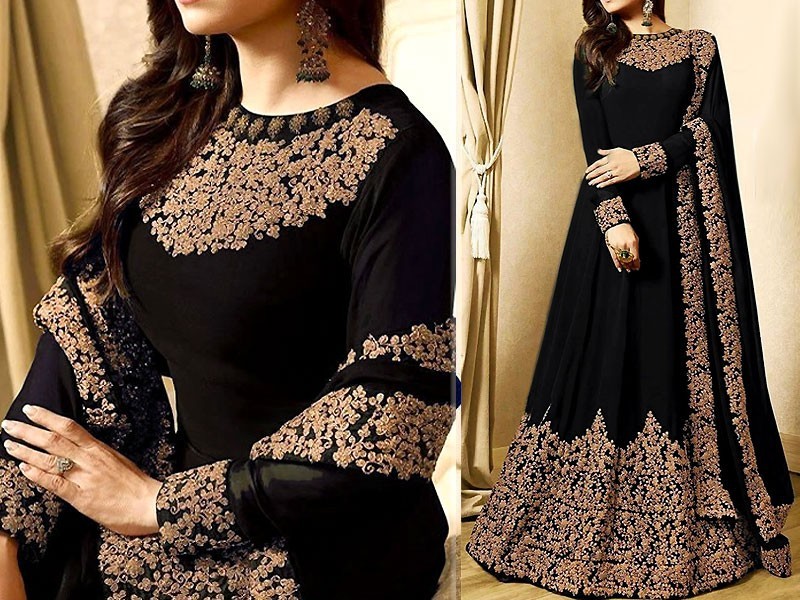Many people today head to the great outdoors for some rest and relaxation. They enjoy camping and getting away from the stresses of everyday life. Whether they choose an isolated campground or opt to stay in a place with others who enjoy similar pursuits, they need somewhere to sleep at night and a place to protect themselves from the elements. Finding the right tent can seem to be an overwhelming task, as there are countless models to choose from today. How can people narrow their choices to ensure they get the right shelter for their needs?
Sleeping Capacity
The first thing to consider when looking at coleman tents is the number of people who will be sleeping in the tent. A person’s first thought might be to look at the number listed on the tent and purchase based on that information. Doing so could be a mistake.
The camping industry has not established any standards for per-person tent dimensions. One manufacturer might say a tent can hold three people. Another manufacturer might offer a tent with the exact same dimensions and say it holds four people.
Always assume it will be a tight fit in the tent. Camping experts recommend looking at the tent capacity listed and downgrading it by one. If the package says it is a three-person tent, for example, assume it will hold two people comfortably. Three people would be packed in like sardines. Choosing a four-person tent would allow three people to fit comfortably.
Certain people find they need a bigger tent, even upgrading in this manner. Men and women who are large or claustrophobic will want more space. Those who toss and turn all night need more room, so they don’t disturb others sharing the tent. The same holds for men and women who need extra room when they sleep, and those who are bringing a young child or dog with them on the trip. Pets and young kids tend to move around a lot, and the extra space will be appreciated.
Tent Seasonality
Certain tents are designed to be used all year long. Other tents aren’t suitable for winter use. A person needs to keep this in mind when making a purchase, particularly if they plan to camp year-round. They won’t want to purchase a second tent simply for use when it is cold outside. What options should a person consider when buying a tent?
Three-Season Tents
Most people choose to invest in a tent designed for use in three seasons of the year. These lightweight tents are ideal for spring, summer, and fall when temperatures are relatively temperate. Most tents of this type come with mesh panels. These panels prevent insects from entering the tent while allowing for more airflow. However, they cannot protect the occupants from blowing sand.
When a person properly pitches the tent and uses a rainfly they keep taut, the tent will keep the occupants dry during a heavy downpour. However, they are not designed to be used in severe storms, when winds pick up significantly, or when snow is coming down at a rapid rate. The tents do provide the occupants with privacy when desired.
Most people camp in these tents during the spring, summer, and fall months. Depending on where they live, however, the tent may be used longer. For example, a person living in Texas might find they can use this type of tent year-round. Extended-Season Tents
Extended-season tents might be referred to as three-plus or three-four-season tents. While most people use them in spring, summer, and fall, they know they will be okay if they are out in the wilderness and moderate snow falls to the ground. The tent is designed to handle this situation with ease. It brings together ample ventilation, warmth-retention, and durability.
These tents differ from three-season tents in that they come with additional poles and fewer mesh panels. This allows them to hold up to the elements while keeping the occupants warm. Men and women who frequently visit high-elevation destinations need this type of tent, as they cannot predict what the weather will do. Nevertheless, they won’t be enough in a heavy snowstorm or blizzard.
Four-Season Tents
Anyone who might encounter heavy snow or fierce winds while camping will need to invest in a four-season or mountaineering tent. While these tents come with a higher price tag, they are able to withstand inhospitable weather conditions commonly seen when a person camps during the winter or above the tree line.
As with extended-season tents, four-season tents come with additional poles. However, the fabric is also heavier to keep the elements out. Manufacturers make these tents with rounded domes to keep snow from collecting on the roofs. Mesh panels are kept to a minimum on four-season tents and the rainflies sit close to the ground. This design minimizes ventilation to trap heat in the tent. People might find the tent stuffy when the weather is mild. However, when a nasty storm hits, they will be glad they made this purchase, as the tent keeps them warm and dry.
Tent Dimensions
A person needs to know the dimensions of any tent they are considering purchasing to ensure it meets their needs. Overall dimensions aren’t enough, either. They need specific information. The following are a few things to consider when it comes to the tent size.
Peak Height.
A person might want to be able to stand up when in the tent. Check the specifications of the tent to learn the peak height. In addition, consider whether the tent is a cabin style or a dome style. Cabin-style tents come with walls that stand almost vertical. This style provides occupants with more living space while maximizing the overall peak height. Some models actually have rooms much like a cabin does.
Dome-style tents, in contrast, are stronger and can better hold up to the elements, particularly when the weather deteriorates significantly. However, they lack the livable space seen in cabin-style tents because of the sloped walls.
Floor Length
Individuals who are over six feet tall need a bigger tent. They need room to sleep comfortably. Choose a tent that has a floor length of 90 inches. Most tents come with a floor length of 84 to 88 inches, which isn’t enough for these men and women.
Doors on the Tent
Compare several tents to see how many doors are needed. When doing so, pay attention to the orientation and shape of the doors. Multiple doors are beneficial when several people will camp together, as they won’t trip over each other entering and exiting the tent. Many cabin-style tents today come with multiple doors. Pay attention to the ease at which the doors zip open and closed. In addition, pay attention to the noise level when doing so.
Tent Poles
The structure of the poles determines the difficulty level when it comes to pitching a tent. Most tents today are freestanding, so no stakes are required. This feature means it is easy to relocate the tent or shake it out to remove dirt before putting it away for the next trip.
Pitching a freestanding tent takes little time. The poles attach to clips, so a person no longer needs to fit them through a sleeve, although many tents use a combination of clips and sleeves. Doing so allows for additional ventilation and strength without negatively affecting the ease of setup. Most manufacturers now color code the pole clips and corners to simplify the process.
The Rainfly
Campers need a rainfly to keep the elements out. This separate waterproof cover fits over the tent’s roof. Some campers use the rainfly at all times to help the tent retain heat. Other people only pull it out when rain or dew is expected.
Two options are offered today. Rainflies designed only for rain let more natural light into the tent and provide a better view of the exterior for the occupants. However, they only offer moderate protection against rain. Full-coverage rainflies, in contrast, are needed when there is a downpour or high winds.
Consider a vestibule or garage feature when purchasing a rainfly. This feature provides a place to store dirty footwear or to keep items out of the rain. Many manufacturers incorporate them into the rainfly today, although they may also be purchased separately.
Tent Material
When selecting a tent, look for one with a higher-denier fabric canopy and rainfly. They hold up better in the elements. Examine the floor of the tent as well. Look for one with high-denier fabric and seam tape to minimize the odds of the floor leaking.
Don’t overlook a footprint when shopping for a tent. This ground cloth is usually sold separately from the tent but is a valuable purchase. The floor is exposed to many hazards, including dirt, rocks, and twigs. Over time, these items may damage the floor and make the tent unusable.
Purchasing a footprint and putting it under the tent reduces the risk of this happening. Family tents, in particular, benefit greatly from a footprint because they receive a large volume of traffic. As a footprint is custom-fitted to match the exact dimensions of the tent, water won’t pool around the edges and seep through the floor fabric into the tent. If the footprint is damaged, it is less expensive to replace than the tent.
Consider the above when shopping for a tent. The more information a person has, the easier it is to find the right model for their needs. This is important, as the tent can make or break a camping trip. This is one investment a person should never make lightly.





